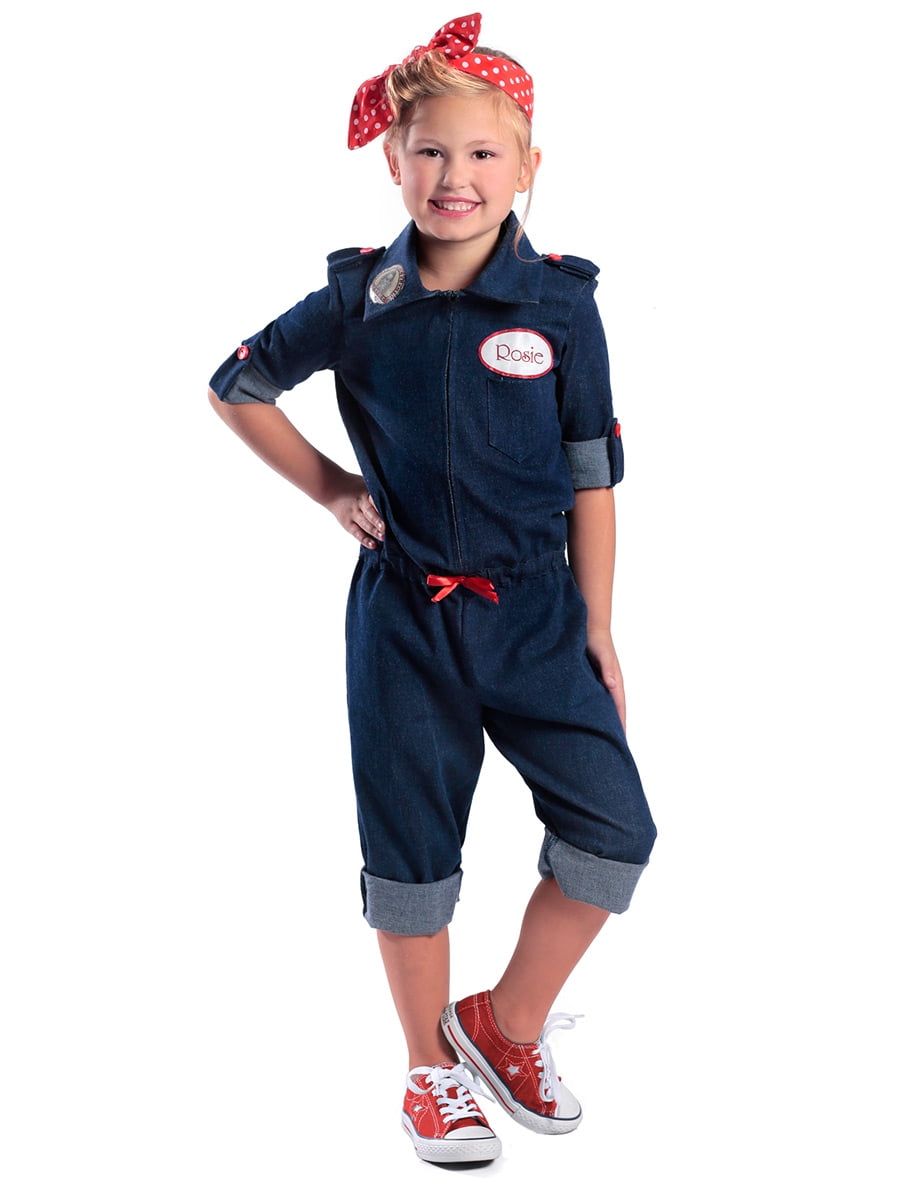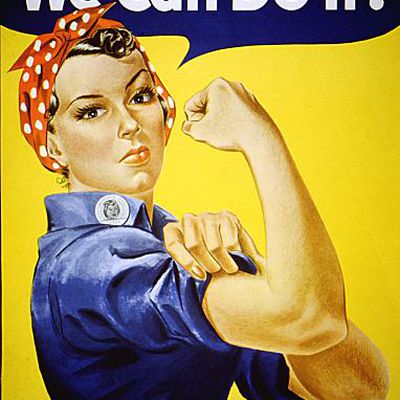Rosie The Riveter Tools And Equipment
(1982) Whether for an appreciation of the veiled aspects of our nation’s history, an interest in women’s studies, or a general lust for World War II–era archival films and ephemera, if you have never seen filmmaker Connie Field’s The Life and Times of Rosie the Riveter, you should. Through interviews with a sample of five women defense workers employed in foundries, welding shops, and shipyards, in New York, Detroit, Los Angeles, and San Francisco, we [End Page 178] gain insight into the lives of the much larger group of women collectively known as Rosie the Riveters. Members of this “hidden army,” which grew to over three million over the course of the war, formulate a three-dimensional view that fleshes out the famous red kerchief–sporting, muscle-flexing poster girl for Westinghouse who informed them they could do it! The irony is that all five of the women featured in the film—Wanita Allen, Gladys Belcher, Lyn Childs, Lola Weixel, and Margaret Wright—had already been working outside the home at such backbreaking jobs as farming, factory work, and domestic service. They were not unique.
Adelitas Way Homeschool Valedictorian Album Download. Certainly, one of the more readily recognizable icons of labor is 'Rosie the Riveter,' the indefatigable World War II-era woman who rolled up her sleeves, flexed her.

In fact, two-thirds of female defense workers had been wage earners prior to the war. The Rosies that Connie Field assembles—a group of three black and two white former Rosies—discuss their decisions to join the war effort; the training they were encouraged to receive; the discrimination they faced based on gender, race, or both; camaraderie; workplace safety; day care; and ultimately, the mixed messages given by the US government’s propaganda arm regarding women’s roles during both war and peacetime. Through filmed oral histories, contemporaneous newsreels, music, voice-over audio, and advertising stills, the filmmaker offers a fuller picture of the wartime workforce and cultural attitudes delivered to the public by the mass media. As a way to chronicle this film’s rich history, I start with the book that has accompanied the film since 1982. Originally distributed to groups who rented or purchased the film in 16mm format, a 130-plus-page hardcover educator’s edition provided fundamental advice to the organizer of a screening (see epigraph). Cowriters Miriam Frank, Marilyn Ziebarth, and Connie Field supplied suggestions for leading discussions, sample posters to photocopy and distribute, publicity ideas, and specific instructions on how to safely return the film print to the distributor.
Those days are gone, but the 112-page reader’s edition is available in an updated, downloadable PDF file on the DVD (note that I am reviewing the 2007 release by Clarity Educational Productions). The text continues to supplement and examine the social, political, and historical background by employing archival materials such as photographs, sheet music, and more advertisements, which expand the narrative beyond the film’s sixty-five minutes. Through funding from the National Endowment for the Humanities, Field has maintained primary distributorship of the film. Although the film was initially intended for screenings in schools and to labor, women’s, and community groups as an educational feature, as Field noted in a 1980 interview, “it turned out [to] be funnier than anyone thought.” Reviewers agreed.

The film was screened in 1980 at, among other places, the New York Film Festival and the San Francisco International Film Festival; it was later distributed for theatrical release by First Run Pictures; and eventually, it was broadcast on domestic and foreign television. On its release, the film was favorably reviewed in Village Voice, the New York Times, the Los Angeles Times, the San Francisco Chronicle, the London Times, Film Forum, Ms. • If you would like to authenticate using a different subscribed institution that supports Shibboleth authentication or have your own login and password to Project MUSE, click 'Authenticate'. • • • You are not currently authenticated. • View freely available titles: OR.
Certainly, one of the more readily recognizable icons of labor is 'Rosie the Riveter,' the indefatigable World War II-era woman who rolled up her sleeves, flexed her arm muscles and said, 'We Can Do It!' But, this isn't the original Rosie. In 1942, as World War II raged in Europe and the Pacific and the song 'Rosie the Riveter' filled radio waves across the home front, manufacturing giant Westinghouse commissioned artist J.
Howard Miller to make a series of posters to promote the war effort. One such poster featured the image of a woman with her hair wrapped up in a red polka-dot scarf, rolling up her sleeve and flexing her bicep. At the top of the poster, the words ‘We Can Do It!'
Are printed in a blue caption bubble. To many people, this image is 'the' Rosie the Riveter. But it was never the intention to make this image 'Rosie,' nor did many Americans think of her as 'Rosie.' The connection of Miller's image and 'Rosie' is a recent phenomenon. The 'Rosie' image popular during the war was created by illustrator Norman Rockwell (who had most certainly heard the 'Rosie the Riveter' song) for the cover of the Saturday Evening Post on May 29, 1943 — the Memorial Day issue. The image depicts a muscular woman wearing overalls, goggles and pins of honor on her lapel.
She sports a leather wrist band and rolled-up sleeves. She sits with a riveting tool in her lap, eating a sandwich, and 'Rosie' is inscribed on her lunch pail. And, she's stepping on a copy of Adolph Hitler's book 'Mein Kampf.' The magazine cover exemplified the American can-do spirit and illustrated the notion of women working in previously male-dominated manufacturing jobs, an ever-growing reality, to help the United States fight the war while the men fought over seas. The cover was an enormous success and soon stories about real life 'Rosies' began appearing in newspapers across the country.
The government took advantage of the popularity of Rosie the Riveter and embarked on a recruiting campaign of the same name. The campaign brought millions of women out of the home and into the workforce. To this day, Rosie the Riveter is still considered the most successful government advertising campaign in history. After the war, numerous requests were made for the Saturday Evening Post image of Rosie the Riveter, but Curtis Publishing, the owner of the Post, refused all requests. The publishing company was possibly concerned that the composers of the song 'Rosie the Riveter' would hold them liable for copyright infringement. Since then, the J. Howard Miller 'We Can Do It!'
Image has replaced Norman Rockwell's illustration as 'Rosie the Riveter' in the minds of many people. Miller's Rosie has been imprinted on coffee mugs, mouse pads, and countless other items, making her and not the original 'Rosie' the most famous of all labor icons.